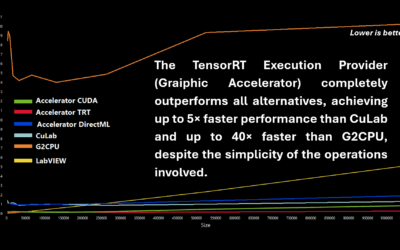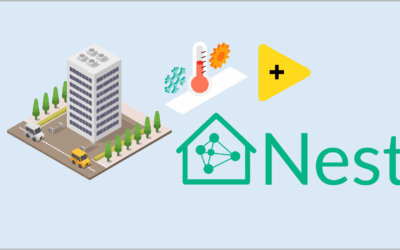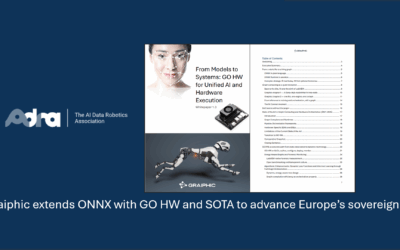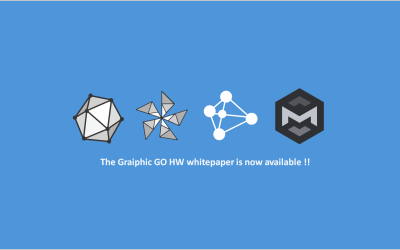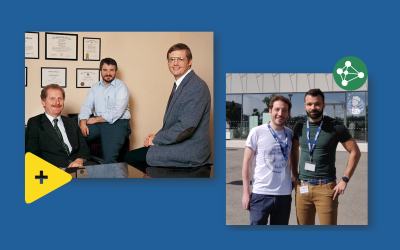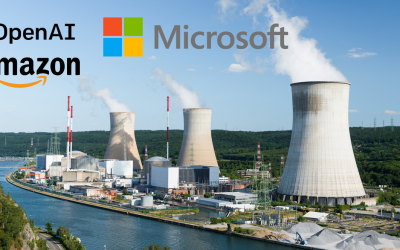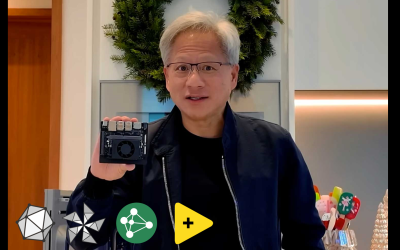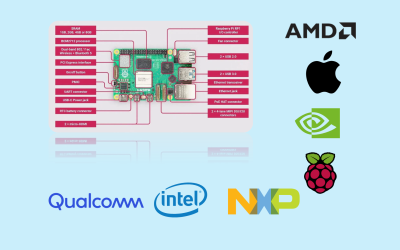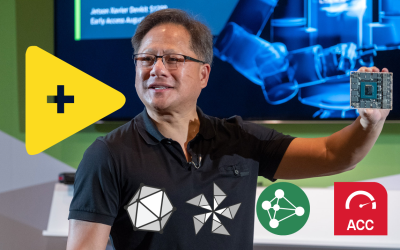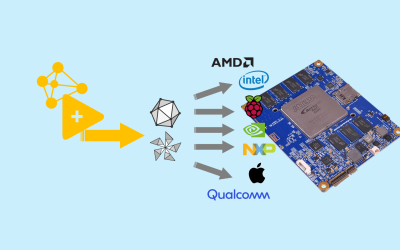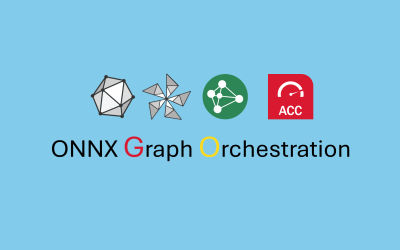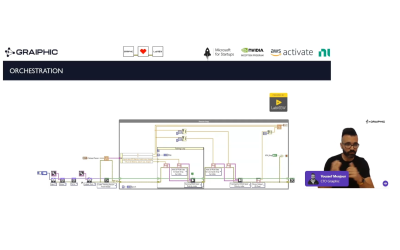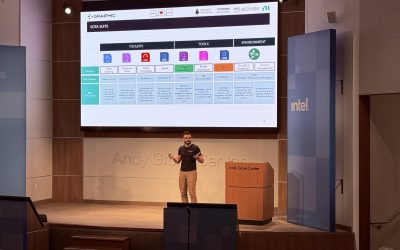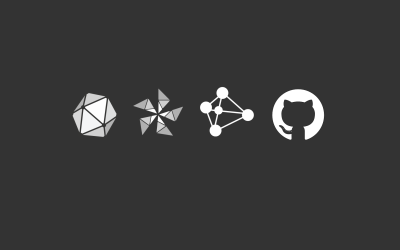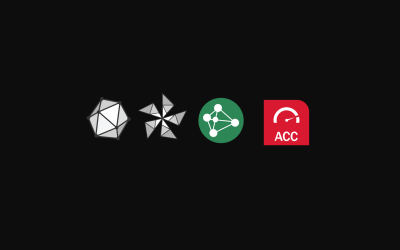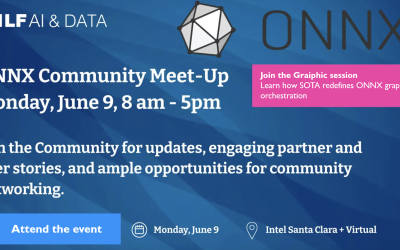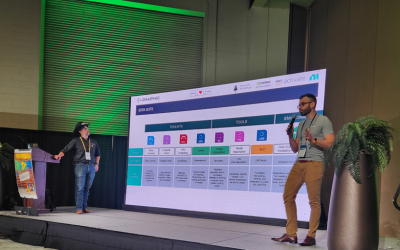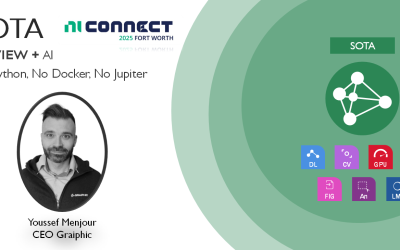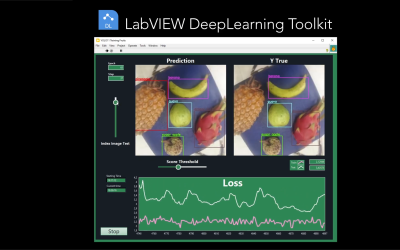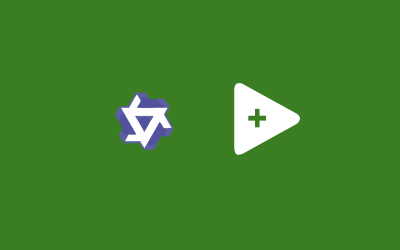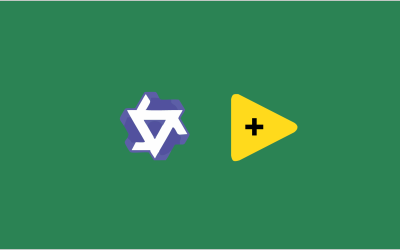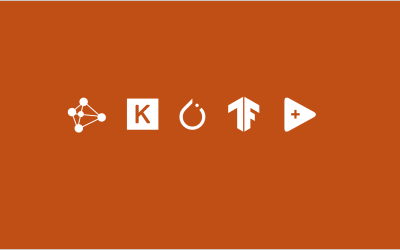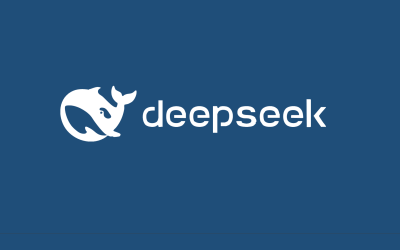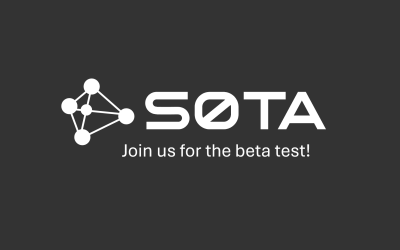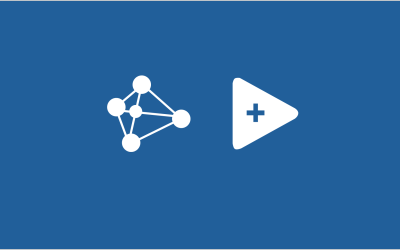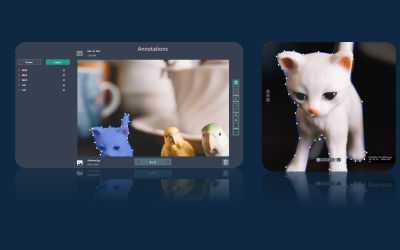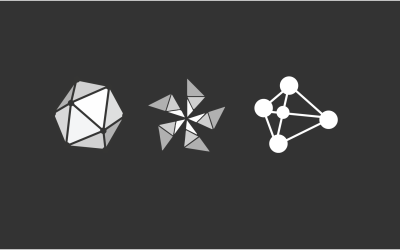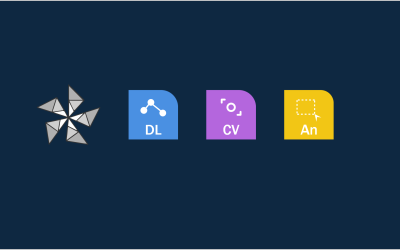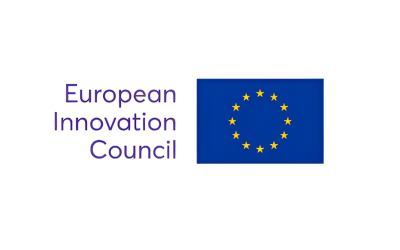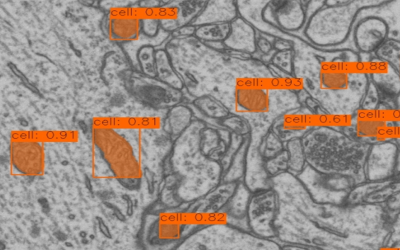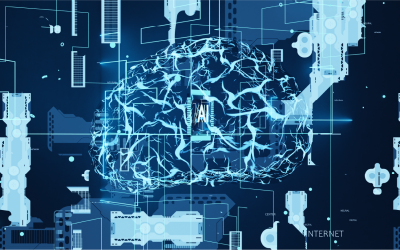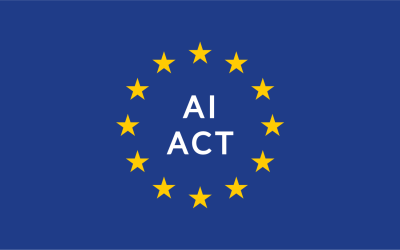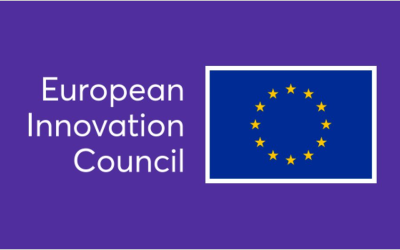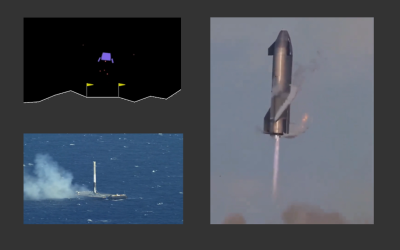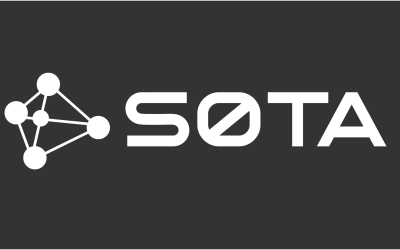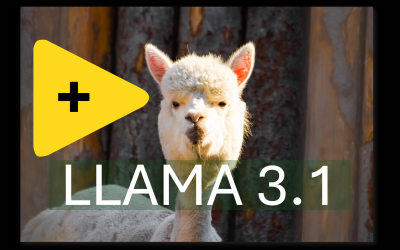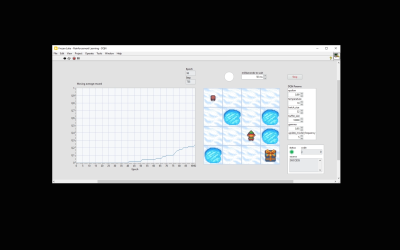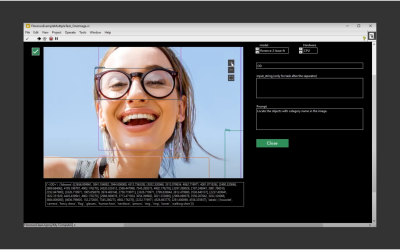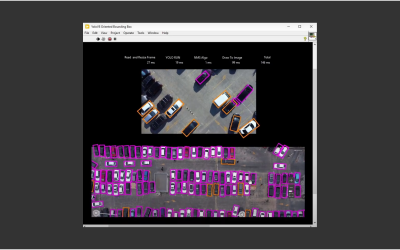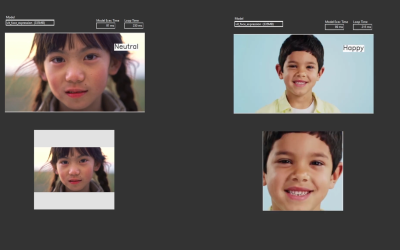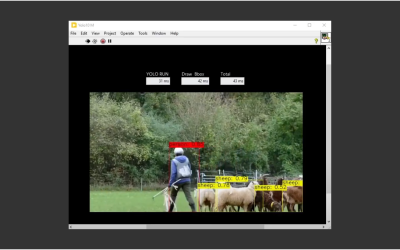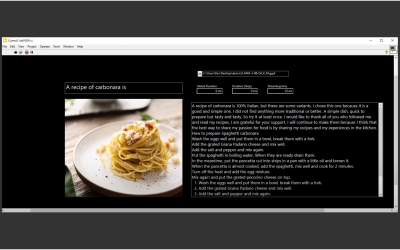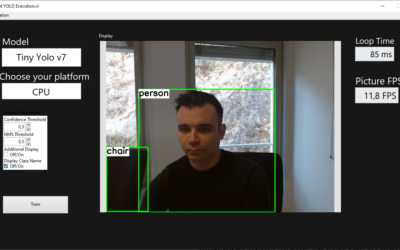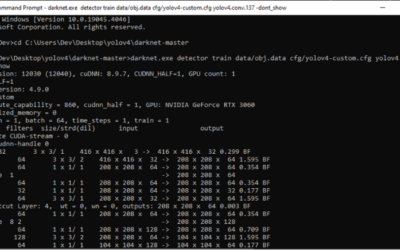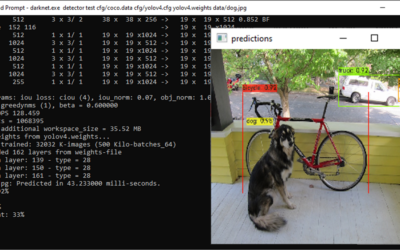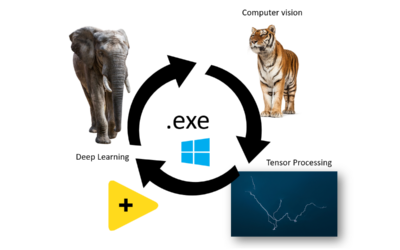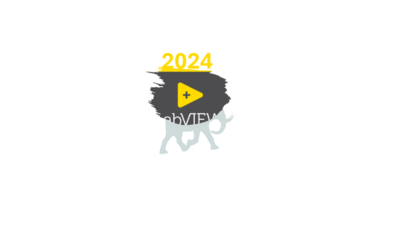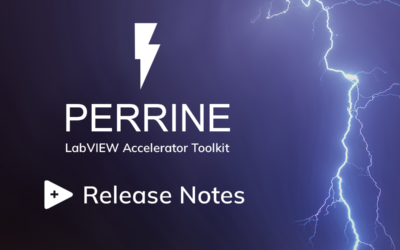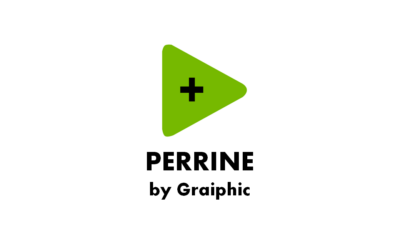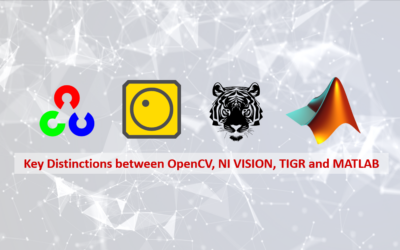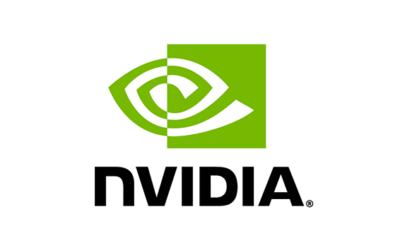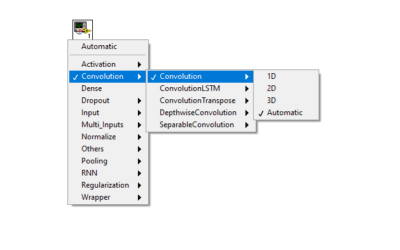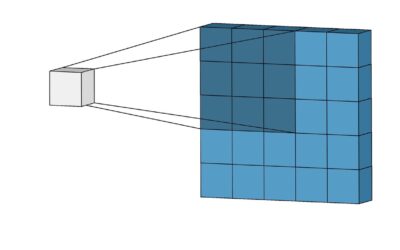We open-sourced our full LabVIEW benchmark suite and results. See why graph-compiled execution (TensorRT/CUDA via ONNX Runtime) consistently outpaces DLL-style approaches—and how DirectML broadens GPU support to AMD/Intel on Windows.
News & Insights
Graiphic Launches NEST — The World’s First Self-Learning, Edge-Native AI for Energy-Efficient Buildings
NEST redefines building intelligence through self-learning AI that runs locally, privately, and efficiently — no cloud, no compromise.
Graiphic Featured by ADRA Europe: Advancing Europe’s Sovereign and Energy-Efficient AI
Graiphic has been featured by the AI, Data and Robotics Association (ADRA) for its contribution to Europe’s sovereign and energy-efficient AI through GO Hardware (GO HW) and SOTA — two ONNX-based technologies bridging AI, logic, and hardware.
From Static Files to Living Graphs: Graiphic’s Roadmap with ONNX GO HW
Graiphic’s GO HW initiative transforms ONNX from a static file into a living graph that unifies AI, logic, and hardware orchestration. Learn how this roadmap reshapes edge computing, energy-aware AI, and open innovation.
What If He Was Right? A Texas-Born Revolution for LabVIEW, AI, and Robotics
What if he was right? If Graiphic’s engineers see clearly, a modernized LabVIEW could become the universal, frugal, efficient cockpit for AI and robotics—awakening NI’s true potential and sparking a Texas-born revolution.
Energy Efficiency: The Strategic Choice for AI
As AI workloads surge, energy has become a first-class challenge. While Big Tech bets on nuclear-powered cloud datacenters, most industrial, medical, and embedded applications thrive on efficient local execution. At Graiphic, we focus on sovereignty through sobriety: SOTA and LabVIEW everywhere enable energy-aware AI that runs directly on existing hardware, reducing cost, latency, and power consumption.
Chips are racing ahead but the real AI race is for the IDE
NVIDIA, AMD, Intel, Google, everyone is racing to build faster, more energy-efficient AI chips. But the true challenge is orchestration. French startup Graiphic unveils GO HW, a universal IDE to program any hardware through a single ONNX graph.
SoC: the “City on a Chip” — and why GO HW changes the game
SoC explained with clear metaphors and a practical map to ONNX Runtime EPs—then how GO HW unifies AI, control logic and I/O in a single graph deployable anywhere.
LabVIEW Everywhere: From Gauges to Pilot
LabVIEW everywhere is no longer just a cockpit of gauges. With ONNX and its safety profile, it becomes a pilot — efficient on SoCs, fast in inference, and certifiable for aerospace and defense.
LabVIEW Everywhere: Deploy without the LabVIEW Runtime, powered by ONNX GO HW
Design in LabVIEW, deploy anywhere. With ONNX GO HW, a single ONNX graph runs AI, control logic, and physical I/O—no LabVIEW runtime on the device, maximum efficiency per watt.
ONNX GO: Revolutionizing Dynamic Graph Orchestration and Execution
Discover how ONNX GO transforms computational graph orchestration with dynamic runtime execution, intuitive visual programming, and unmatched performance efficiency.
Graiphic Unveils SOTA and ONNX GO at GLA Summit 2025: Revolutionizing AI Development in LabVIEW
Graiphic showcased SOTA, the first fully native ONNX-based deep learning framework, at the GLA Summit 2025, redefining visual AI orchestration within LabVIEW.
Graiphic Presents SOTA at ONNX Annual Meetup 2025: A New Paradigm in Graph Computing & AI Development
Graiphic showcased SOTA at the ONNX Annual Meetup 2025—a breakthrough visual AI and graph computing framework combining LabVIEW, ONNX, and ONNX Runtime. From deep learning orchestration to general computation graphs, SOTA pushes the boundaries of modern AI workflows.
Graiphic to Showcase SOTA at GLA Summit 2025: LabVIEW Meets Modern Deep Learning
Discover how SOTA is transforming LabVIEW into a powerful platform for modern deep learning at the GLA Summit 2025.
Graiphic’s ONNX Runtime Execution Providers Node Coverage Project
Graiphic introduces a comprehensive node-level testing project for ONNX Runtime execution providers, enhancing transparency and facilitating industrial adoption.
LabVIEW Evolves into a Graph Editor: Introducing the LabVIEW Accelerator Toolkit
Discover how LabVIEW transforms into a versatile graph editor with ONNX Runtime orchestration, significantly accelerating computations and enhancing hardware optimization.
Graiphic Selected by ONNX Steering Committee to Present SOTA at Santa Clara
Graiphic will present SOTA, the first fully graphical orchestration framework for ONNX Runtime, at Intel’s headquarters during the ONNX Community Meetup 2025.
Graiphic at NI Connect 2025: Showcasing a Unified AI Ecosystem Built for Industry and Research
Graiphic presented SOTA at NI Connect 2025 — a unified deep learning ecosystem built natively in LabVIEW, designed to simplify AI adoption in industrial and academic environments, powered by ONNX Runtime.
Graiphic to Showcase SOTA at NI Connect 2025 in Fort Worth
Graiphic is set to unveil SOTA, its cutting-edge AI framework designed for and with LabVIEW, during NI Connect 2025 in Fort Worth. A new era for AI + LabVIEW integration.
Industrial-Grade YOLO Training in LabVIEW – No Python, No Ultralytics, Full ONNX Stack
A world-first milestone: YOLO 11 is now trainable in LabVIEW with ONNX Runtime. No Ultralytics code. No Python. No AGPL. A new era of deep learning begins—for industry, science, and embedded systems.
Qwen 2.5 VL Instruct 7B now available on SOTA !
Discover how Qwen 2.5 VL Instruct 7B, a cutting-edge multimodal AI model from Alibaba Cloud, is transforming open-source LLMs. Learn about its integration into LabVIEW using Graiphic’s GenAI Toolkit, enabling seamless deployment of GGUF-based models in industrial and scientific applications.
Qwen 2 VL Instruct 7B: A Major Chinese Breakthrough in Open-Source LLM
Discover how Qwen 2 VL Instruct 7B, a cutting-edge multimodal AI model from Alibaba Cloud, is transforming open-source LLMs. Learn about its integration into LabVIEW using Graiphic’s GenAI Toolkit, enabling seamless deployment of GGUF-based models in industrial and scientific applications.
The Power of Interoperability in AI
AI interoperability is key to smooth model transfer across frameworks like PyTorch, TensorFlow, and LabVIEW. Tools like SOTA’s FIG simplify integration, boost collaboration, and accelerate innovation in AI development.
DeepSeek R1: A New Magic in Artificial Intelligence?
Explore how Graiphic’s SOTA Toolkit enables seamless execution of large language models like DeepSeek R1 in LabVIEW. Learn about the benefits of model distillation, quantization, and integration for cutting-edge AI performance and scalability.
We Are Looking for Beta Testers for SOTA, the Revolution in Deep Learning with LabVIEW!
Graiphic unveils SOTA: a revolutionary AI ecosystem for LabVIEW and deep learning. Experience unmatched graphical tools, seamless integration, ONNX Runtime support, and powerful toolkits. Join the open beta and explore the future of AI innovation!
LabVIEW and SOTA: Simplifying AI with Graphical Programming
SOTA toolkits, powered by LabVIEW, revolutionize AI development by combining intuitive graphical programming with cutting-edge tools for annotation, training, optimization, and deployment. This unified approach simplifies workflows, reduces costs, and accelerates innovation, making AI accessible to engineers, researchers, and businesses alike.
Annotation: Transforming AI Development, One Step at a Time
Discover Annotator, the revolutionary all-in-one tool for AI development. From data annotation to YOLO model training and deployment, Annotator simplifies your workflow while integrating advanced ONNX Runtime capabilities. Transform your AI projects with ease and efficiency.
ONNX, LabVIEW and SOTA: The Three-Stage Rocket Revolutionizing Artificial Intelligence
ONNX, ONNX Runtime, and SOTA form a powerful trio addressing AI workflow challenges. From seamless interoperability to flexible deployment and modular integration, transform your AI projects today.
Graiphic and ONNX Runtime: A Partnership to Revolutionize Machine Learning
Graiphic is now contributing to ONNX Runtime, enhancing training capabilities with support for critical nodes like Atan. This effort powers our SOTA suite, streamlining AI workflows and advancing European innovation in artificial intelligence.
Graiphic Reaches a Major Milestone in European Deep Learning Excellence
Graiphic has reached the final stage of the prestigious EIC Accelerator, showcasing our groundbreaking SOTA software suite. With a vision to lead in Deep Learning innovation, we are poised to become a key European tech champion.
Analyzing Electron Microscopy with YOLO 11 in LabVIEW: A Promising Advancement in Automated Segmentation
YOLO v11, the latest advancement in computer vision models, is now available in our LabVIEW Deep Learning suite. YOLO v11 excels in tasks such as real-time object detection and image recognition.
Informed Machine Learning: Bridging Knowledge and Data for Sustainable AI
Learn how Informed Machine Learning (IML) combines domain expertise with AI to enhance accuracy and sustainability. With SOTA and CIAD’s groundbreaking advancements, Graiphic leads the way in creating eco-friendly and efficient AI solutions.
The AI Act: Shaping the Future of Artificial Intelligence in Europe
Discover how the groundbreaking AI Act sets the standard for safe, transparent, and innovative artificial intelligence, and how SOTA ensures seamless compliance while empowering European innovation.
Graiphic Submits Application to EIC Accelerator to Drive AI Innovation with SOTA
We’ve submitted our full proposal to the EIC Accelerator to bring SOTA, our groundbreaking AI platform, to market. Deployment starts in late October, positioning Graiphic as a leader in European AI innovation.
The Importance of Reinforcement Learning: A Game Changer for Industry, Research, and Academia
Reinforcement Learning is revolutionizing industries and research by enabling complex problem-solving through environment-based learning, as showcased in both real-world applications like SpaceX rockets and tools such as SOTA’s Deep Learning Toolkit for LabVIEW.
Major Evolution of Our AI Ecosystem: Announcing the Upcoming Release of Our Unified Toolkit in October 2024
Discover the next generation of our AI solutions with the launch of our fully rebranded and enhanced unified toolkit, coming in October 2024.
Welcome Llama 3.1 on LabVIEW
Llama 3.1 Small language model is now available on our LabVIEW Deep Learning suite. Llama 3.1 excels in tasks like natural language understanding, sentiment analysis, and generating context-aware responses.
Reinforcement learning on LabVIEW
This video may seem simple, but it represents the culmination of over three years of intense development, creating a groundbreaking deep learning framework entirely in LabVIEW, capable of real-time performance without acceleration, with the ambition to revolutionize AI as CATIA did for the aerospace industry.
Welcome Florence-2 on LabVIEW
Florence-2 Visual language model is now available on our LabVIEW Deep Learning suite. Florence-2 excels in tasks like image captioning and object detection with a prompt-based architecture.
Welcome Computer Vision Model YOLO v8 oriented bounding box on LabVIEW
YOLO v8 OBB is now available in our LabVIEW Deep Learning suite. YOLO v8 OBB is specifically optimized for oriented bounding box detection.
VIT face expression on LabVIEW
vit-face-expression model is now available on our LabVIEW Deep Learning suite. vit-face-expression provides accurate and efficient facial emotion recognition, enhancing the capabilities of robotics, AI, and automation applications.
Welcome Computer Vision Model YOLO v10 on LabVIEW
YOLO v10, the latest advancement in computer vision models, is now available in our LabVIEW Deep Learning suite. YOLO v10 excels in tasks such as real-time object detection and image recognition.
Integration of LLaMA 3 into LabVIEW: A New Era of Robotics, AI, and Automation
Integrating LLaMA 3 into LabVIEW revolutionizes robotics, AI, and automation by leveraging the advanced capabilities of Meta’s latest language model through the LabVIEW Deep Learning Module
Welcome to SOTA: The Next Generation of AI Development Toolkits
We are thrilled to introduce SOTA, our next-generation suite of LabVIEW tools and toolkits designed to replace HAIBAL, TIGR, PERRINE, and GIM.
DarknetYOLO package add-on
This guide provides a step-by-step installation of the DarknetYOLO package using GIM (Graphic Installation Management software).
Setup Darknet Environment
This page offers comprehensive instructions on how to install Darknet Environment before train and customize a YOLO Darknet model.
Training Darknet YOLO Procedure
This page offers comprehensive instructions on how to train and customize a YOLO Darknet model.
TIGR1.3.1 release notes
TIGR Vision is a computer vision toolkit for LabVIEW, designed to simplify the incorporation of deep learning for powerful and reliable applications.
Building Executables from Graiphic Toolkits with Builder Tool
This guide demonstrates how to create executables (2nd method – Builder tool) from HAIBAL Deep Learning, TIGR Vision, and PERRINE Tensor Processing toolkits in LabVIEW.
HAIBAL 1.5.0 release notes
Explore the latest HAIBAL update, enhancing your Deep Learning projects in LabVIEW with new features
Building Executables from Graiphic Toolkits using Post Build File method
This guide demonstrates how to create executables from HAIBAL Deep Learning, TIGR Vision, and PERRINE Tensor Processing toolkits in LabVIEW. It simplifies deploying AI, computer vision, and tensor computation projects by converting them into standalone applications. Ideal for developers aiming to distribute LabVIEW-based solutions efficiently.
Our wishes for 2024
LabVIEW NXG reborn, LabVIEW Copilot LLM of 55 Bilions parameters, LabVIEW Jetson Nano, discover the ambitious Graiphic roadmap for 2024
TIGR1.3 release notes
Discover the latest functionalities including AutoAdjustContrast, Hue, Saturation, and more. Update your toolkit to enjoy these enhancements and refer to the documentation for detailed instructions.
TIGR1.2.5 release notes
Explore the latest toolkit enhancements including palette updates, new functionality for Regions of Interest (ROIs), and improved editing features.
TIGR1.2 release notes
Explore the latest enhancements, including palette updates and improved ROI functionalities, alongside new functions like Split and Segmentation Mask.
TIGR1.1.1 release notes
Discover the new features, including Weighted Sum, ColorImage To U8C3 Array, Segmentation Mask, Segmentation Masks, and PictureToImage.
PERRINE 1.1 release notes
All release notes are available at this page . Documentation for all features is available hereDownload link Release...
PERRINE 1.0 release notes
All release notes are available at this page .Download link Release NotesV1.0 Date of release 15 September 2023 Tensor...
Announcing the release of the LabVIEW Acceleration Toolkit – Perrine
We're excited to announce the upcoming release of the LabVIEW Perrine accelerator toolkit. To make HAIBAL deep...
A Clash of Vision: Unleashing the Power of Image Processing Libraries – OpenCV, NI Vision, TIGR, and Matlab
Introduction In the fast-paced world of image processing and computer vision, a compelling newcomer is set to...
TIGR1.1.0 release notes
All release notes are available at this page .Download link Release NotesV1.1.0 Date of release 26 July 2023 Features...
Deep Learning Framework Showdown: Unraveling the Key Distinctions between Keras, TensorFlow, HAIBAL and PyTorch
IntroductionIn the dynamic world of deep learning, Keras, TensorFlow, PyTorch, and HAIBAL stand as prominent...
Graiphic is now in partnership with NVIDIA
🚀 Our company, Graiphic, has always believed that 𝐋𝐚𝐛𝐕𝐈𝐄𝐖 is the ultimate technological language of the future....
HAIBAL 1.3.6 release notes
All release notes are available at this page .Download link Release NotesV1.3.6 Date of release July 2023 Features...
HAIBAL 1.3.5 release notes
All release notes are available at this page .Download link Release NotesV1.3.5 Date of release 28 april 2023 Features...
TIGR1.0.0 release notes
All release notes are available at this page .Download link Release NotesV1.0.0 Date of release 27 April 2023 Features...
HAIBAL 1.2.1 release notes
All release notes are available at this page .Download link Release NotesV1.2.1 Date of release 02 february 2023...
HAIBAL 1.2.0 release notes
All release notes are available at this page .Download link Release NotesV1.2.0 Date of release 22 january 2022...
HAIBAL 1.1.0 release notes
All release notes are available at this page .Download link Release NotesV1.1.0 Date of release 11 january 2022...
HAIBAL V1.0.0 release notes
All release notes are available at this page . Release NotesV1.0.0 Date of release 12 december 2022 FeaturesLayers...
The Cuda integration v2
A first version of the Cuda integration is now used on HAIBAL to allow you to get the best out of your NVIDIA graphics...
Status update #2 | CUDA and OneDNN
HAIBAL deep learning library for LabVIEW is still under devellopment. Our team worked last week on the integration of...
Status update #1 | Architecture
As we have recently decided to better communicate on the HAIBAL project by making a weekly status, I will start this...
LabVIEW Deep Learning Library Architecture
The LabVIEW HAIBAL software library includes a complete basic development kit to seamlessly create accelerated deep...
Example on the MNIST
BASIC NUMBER RECOGNITION EXEMPLE This example, implemented natively in the HAIBAL library, aims to understand how to...
Official Release date
RELEASE DATE As we have finished the functional part of the library and are starting to work on the optimization part...
Importing a Tiny YoloV3 Model from Keras
A LITTLE HISTORY In 2016 Redmon, Divvala, Girschick and Farhadi revolutionized object detection with a paper...
LabVIEW Deep Learning Library
By persevering, we can achieve anything. It’s hot but we are getting there. 8 months ago, PyTorch (Meta)...
Importing a VGG 16 model from Keras
A LITTLE HISTORY VGG is a convolutional neural network proposed by K. Simonyan and A. Zisserman from Oxford University...
Coding of deep learning layers in labview
All layer are now coded in native LabVIEW. First test of importe HDF5 from Keras Tensorflow and a graph generator...
Making our first convolution in LabVIEW
After testing our first full connected neural network, we are now able to do our first 2D convolution in LabVIEW. Now...
Launch of HAIBAL’s development
Every journey has a beginning and let's bet that we will succeed in developing a complete deep learning library that...

